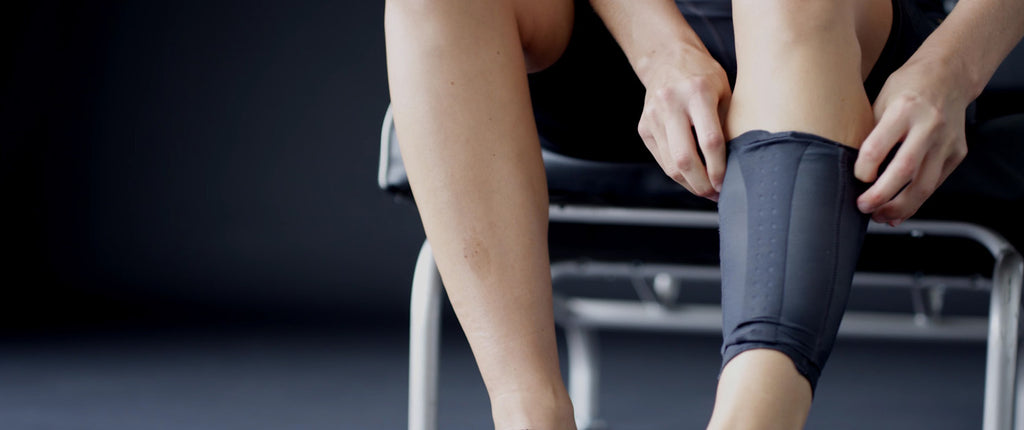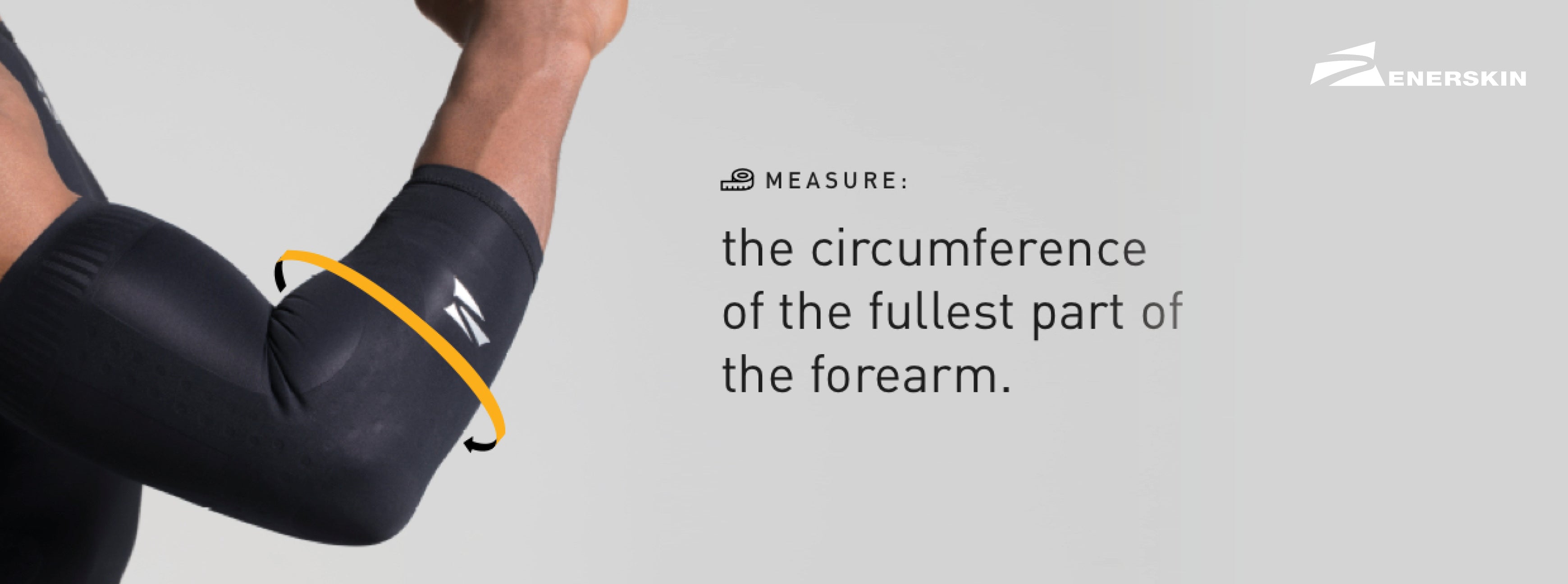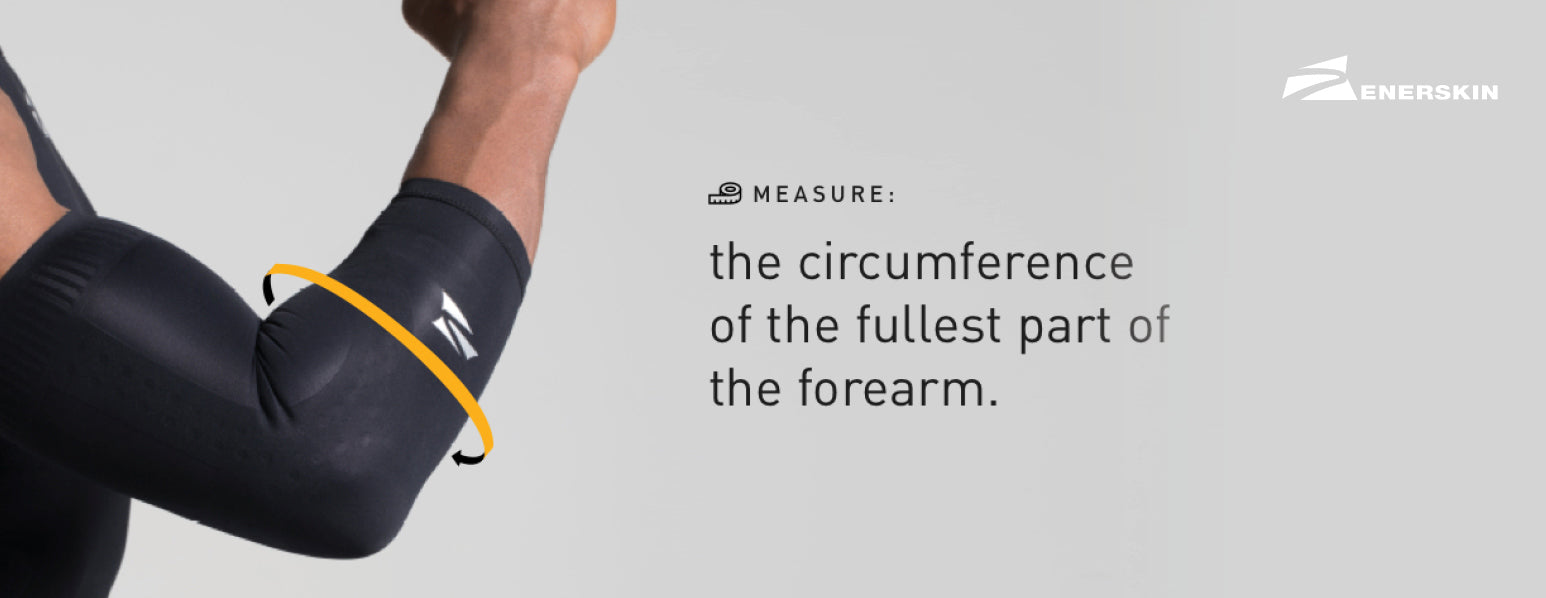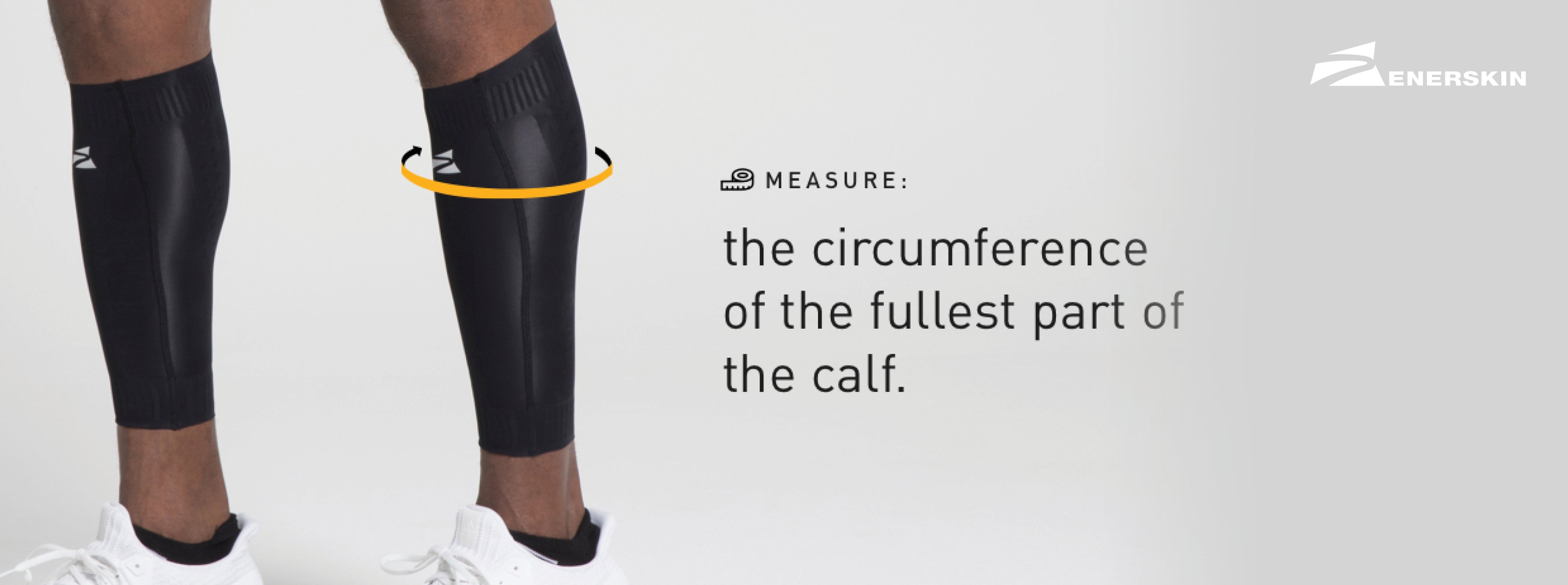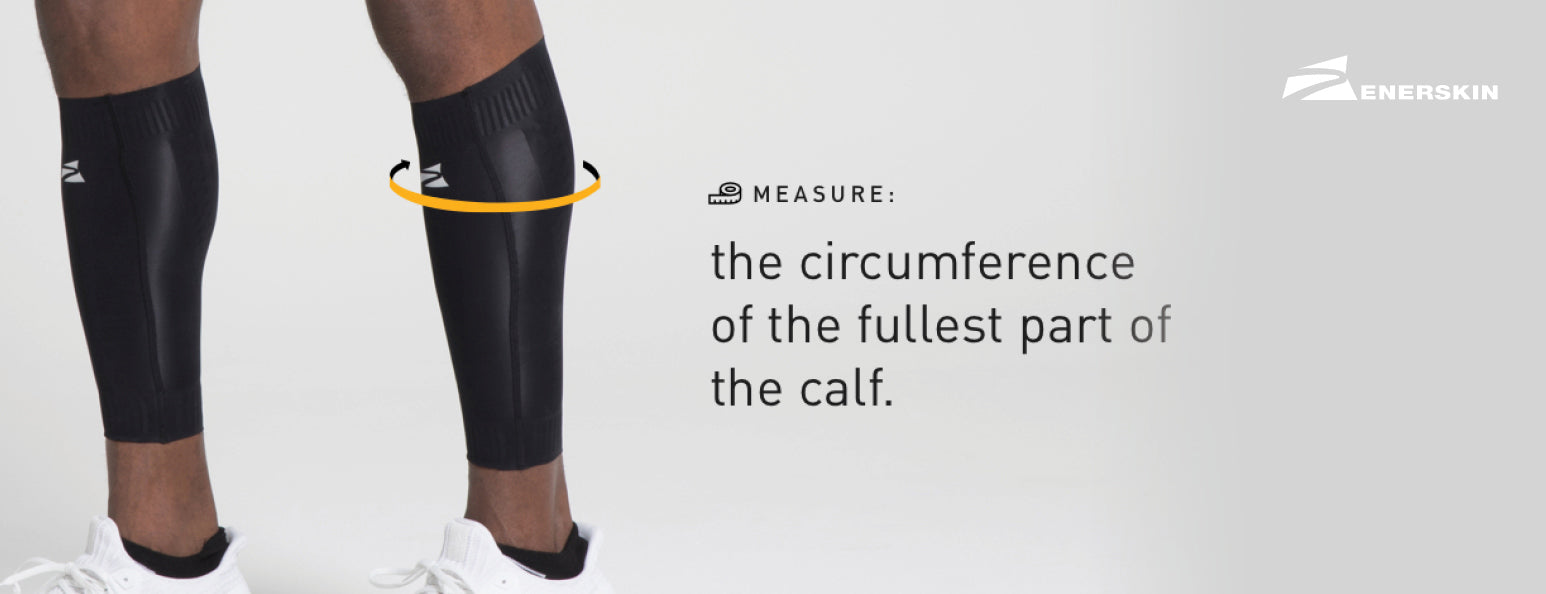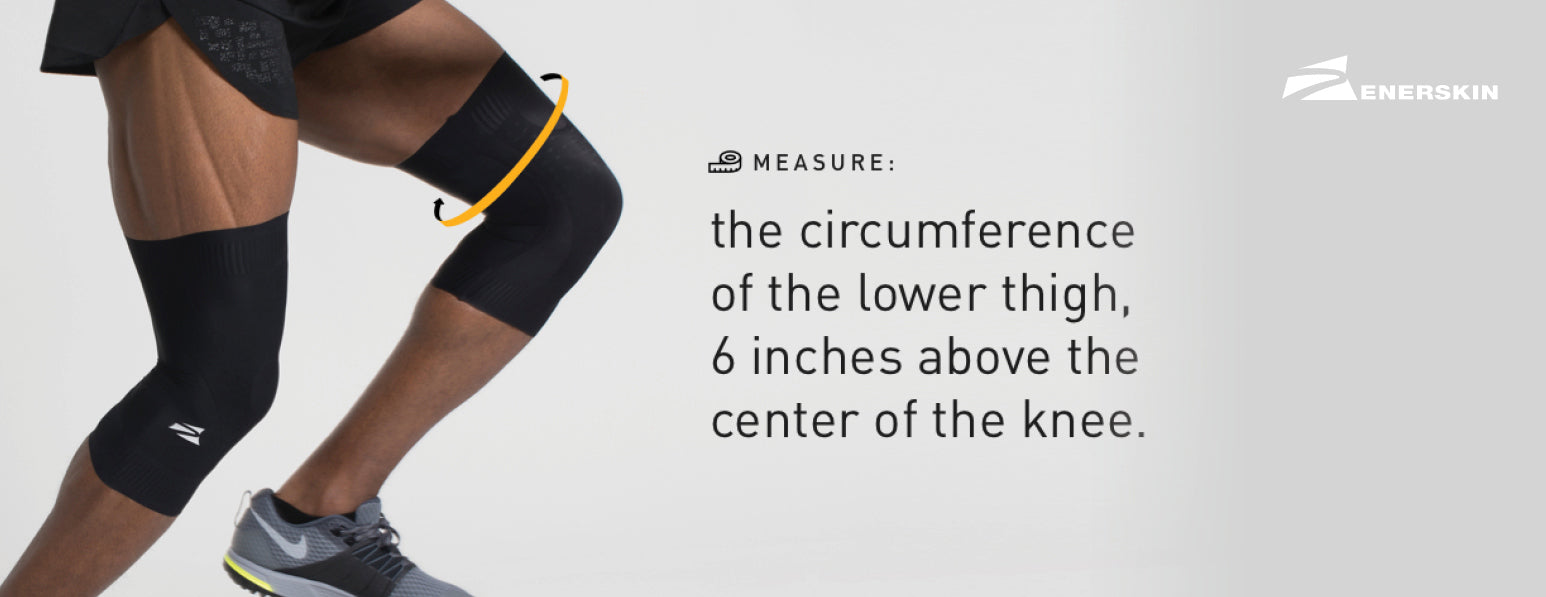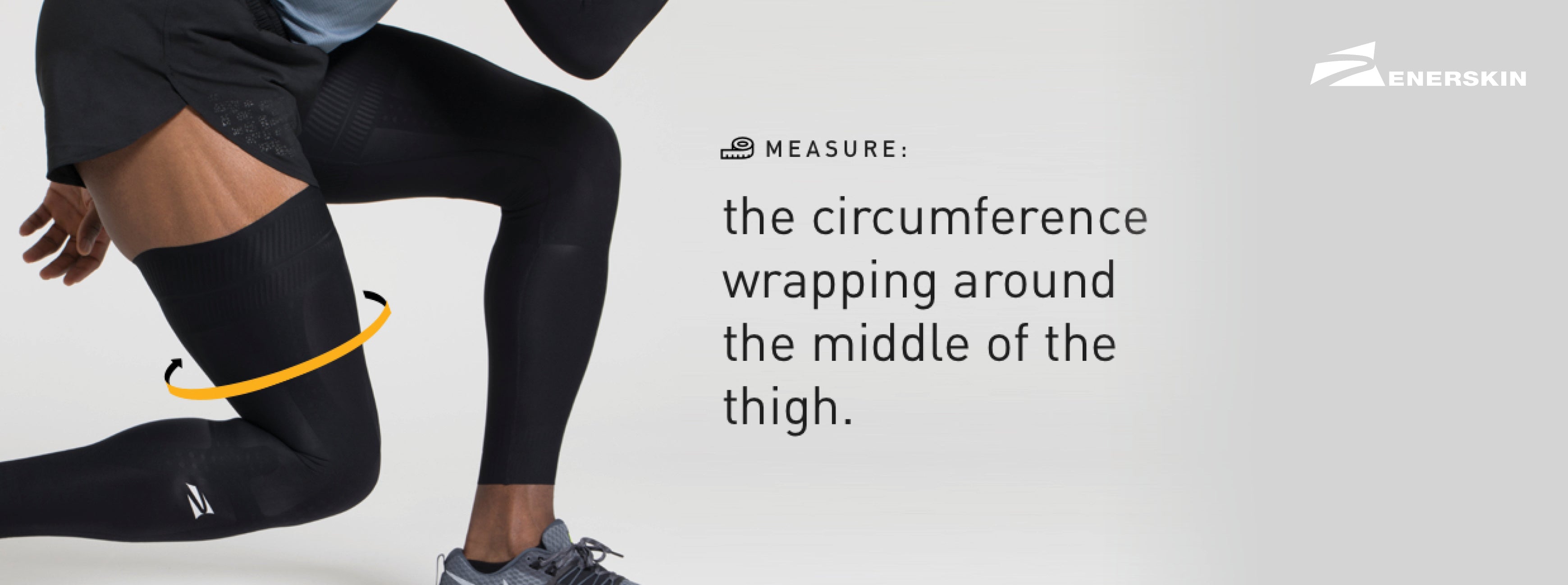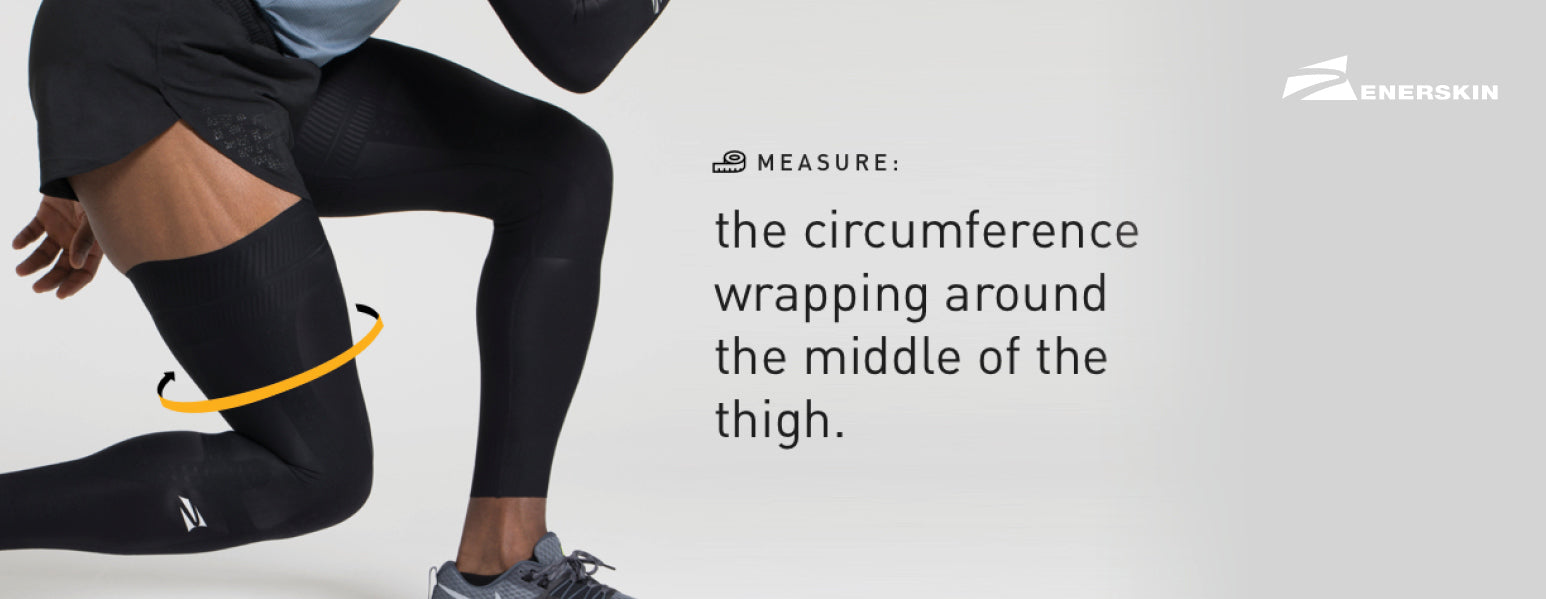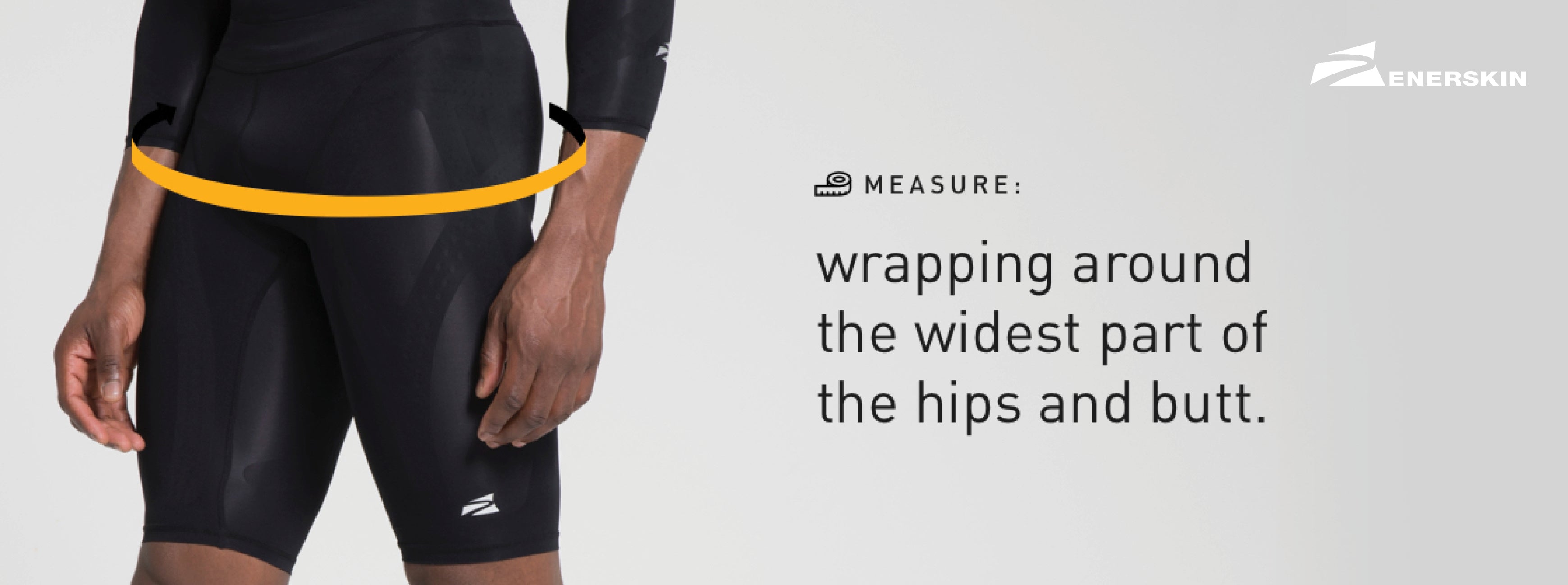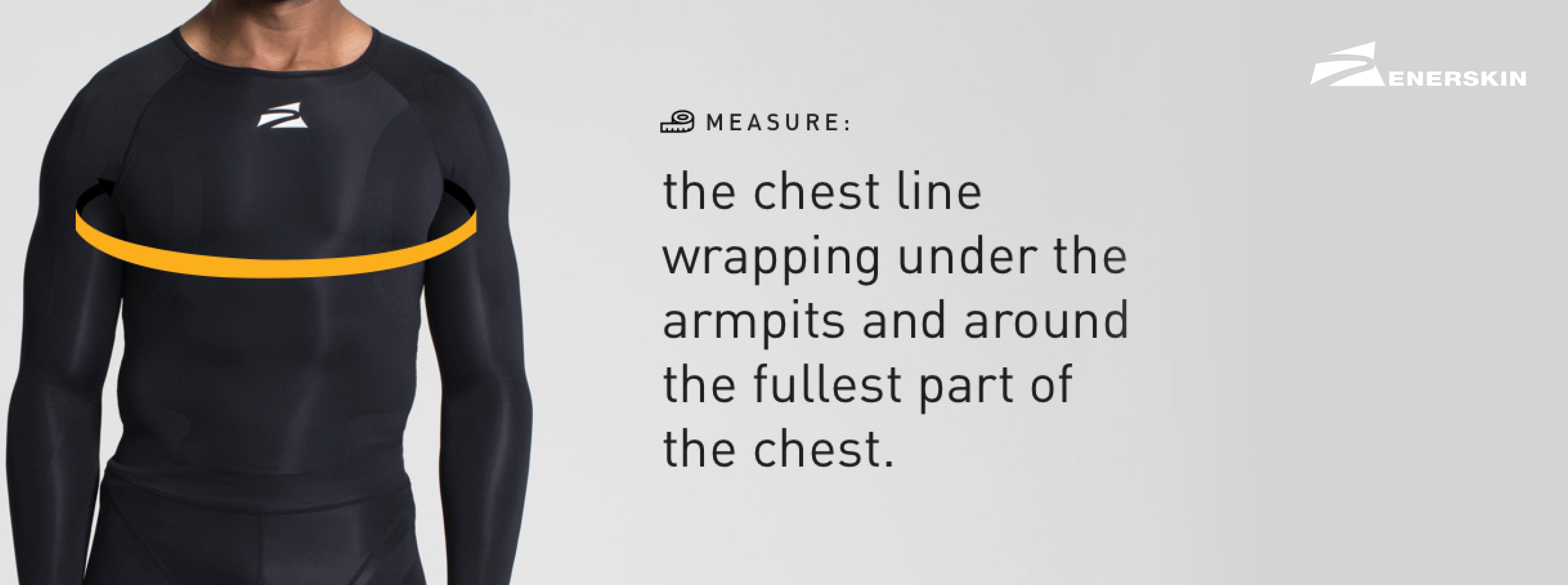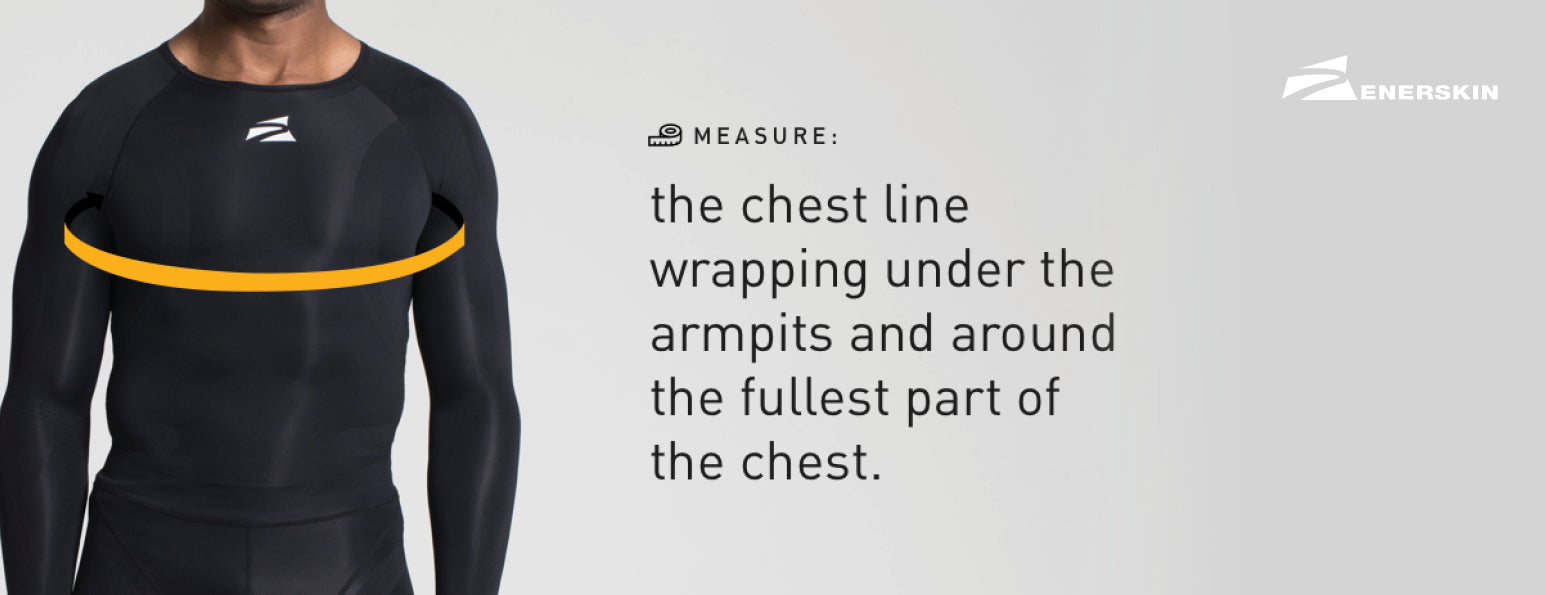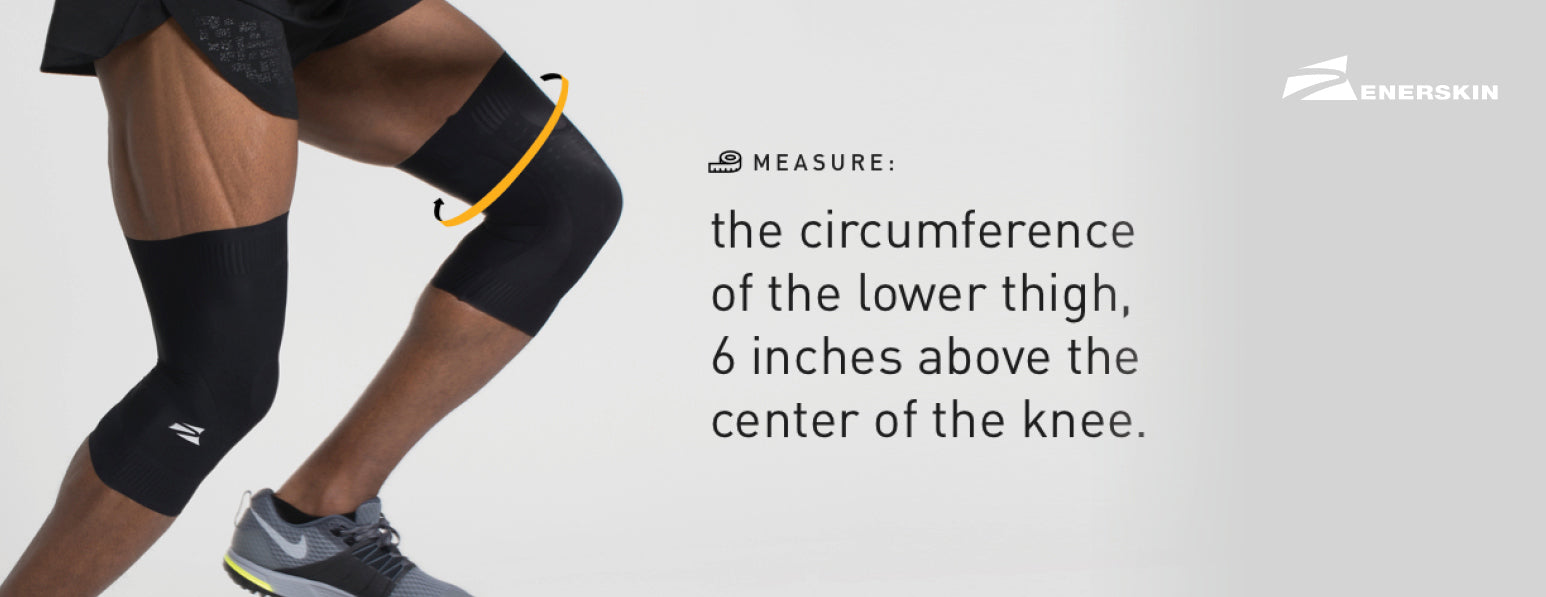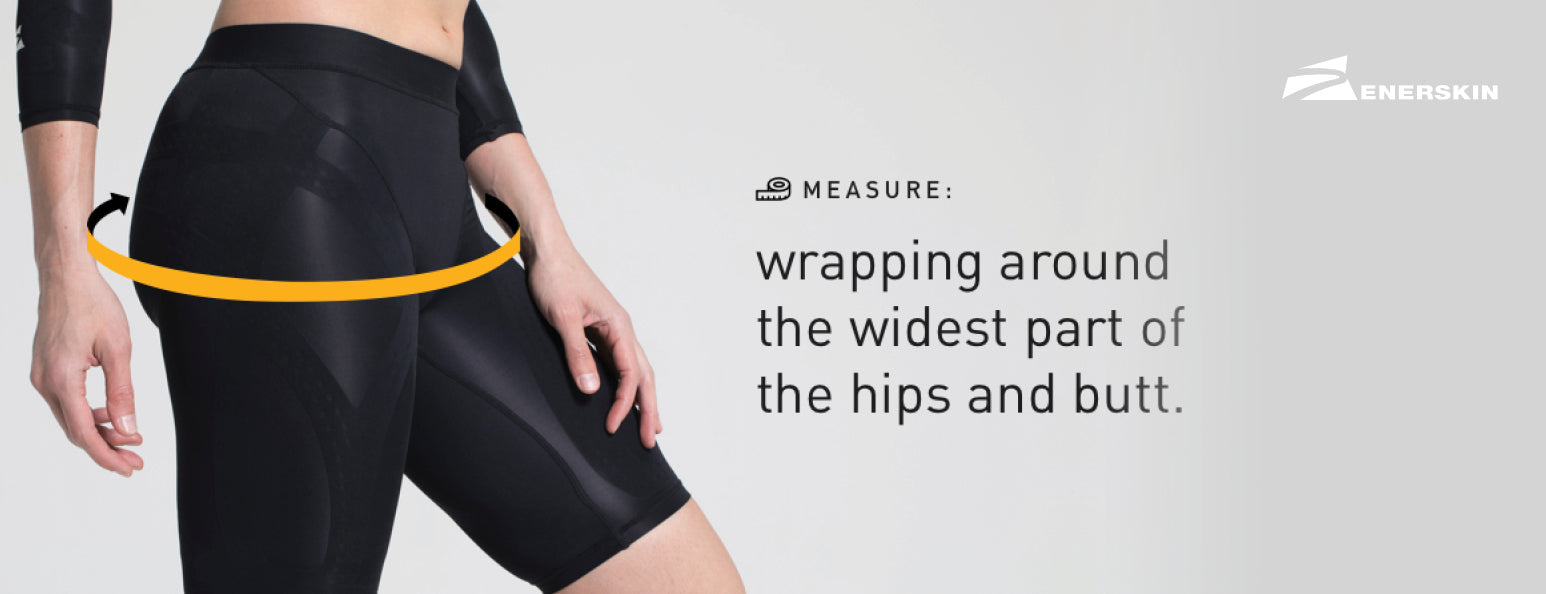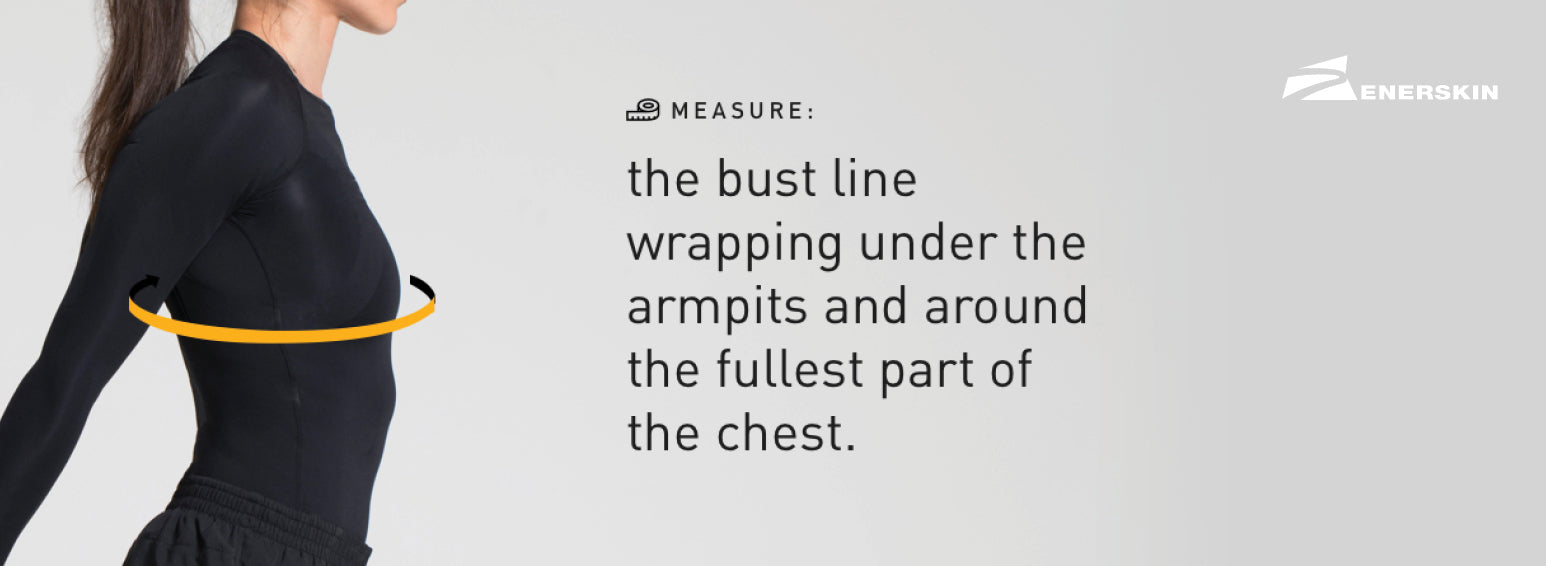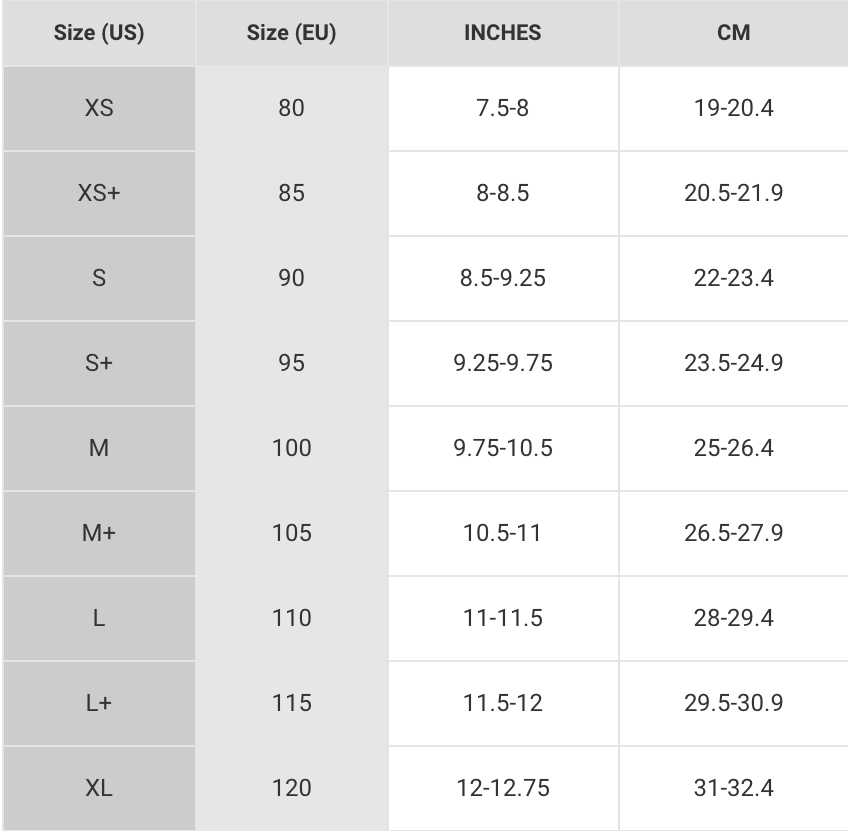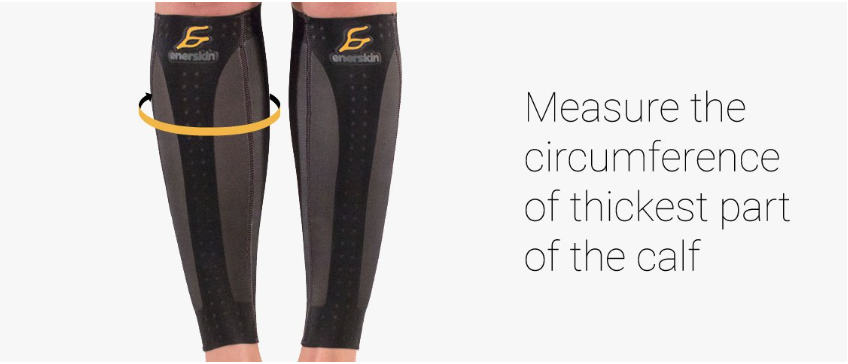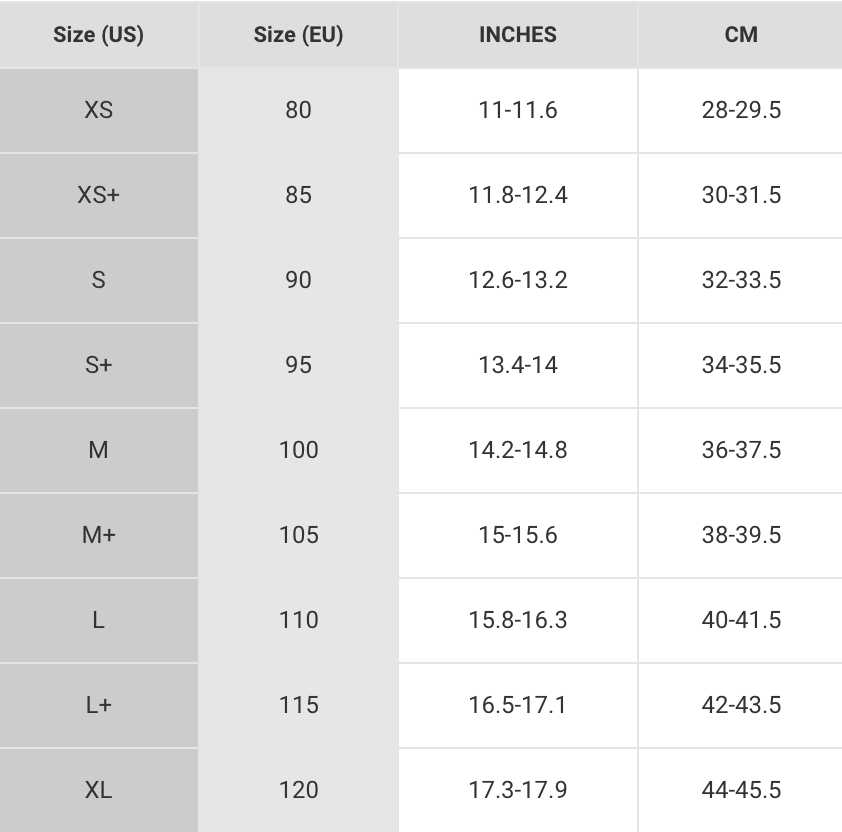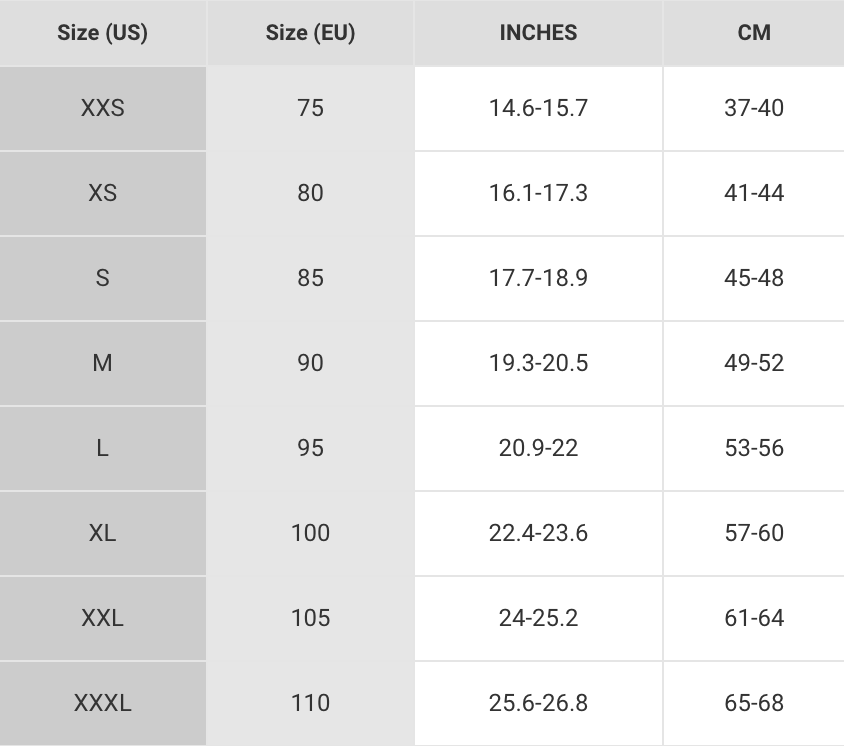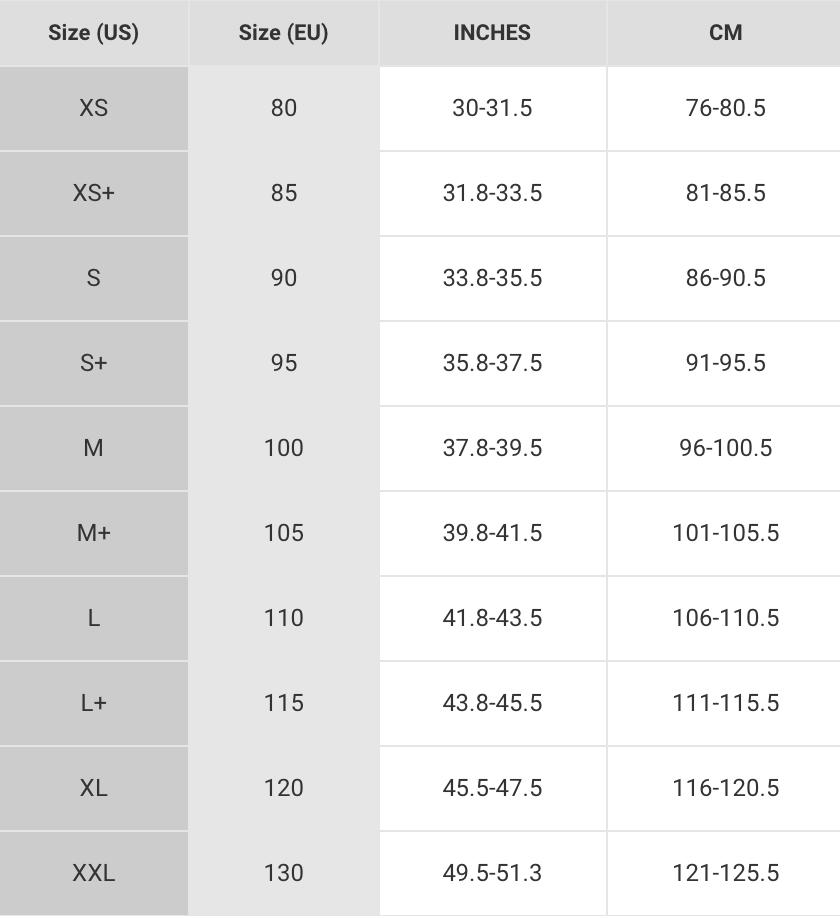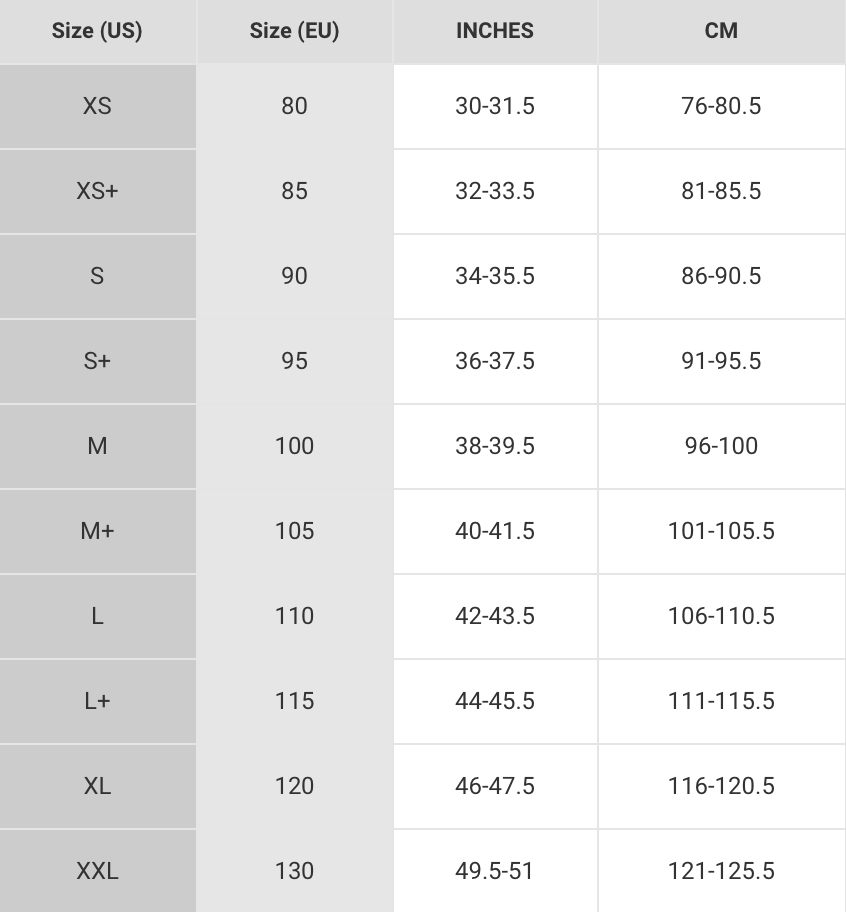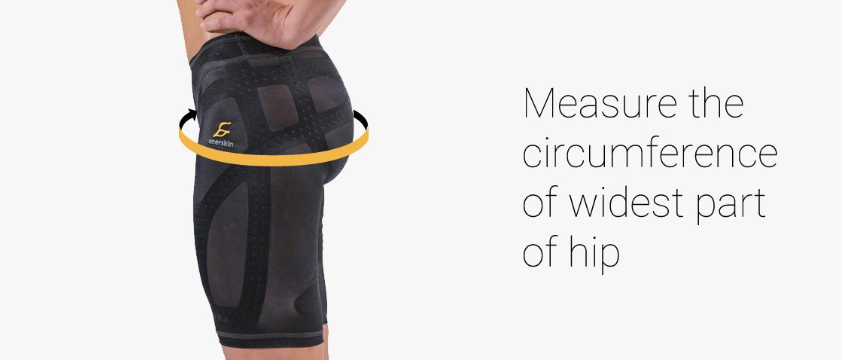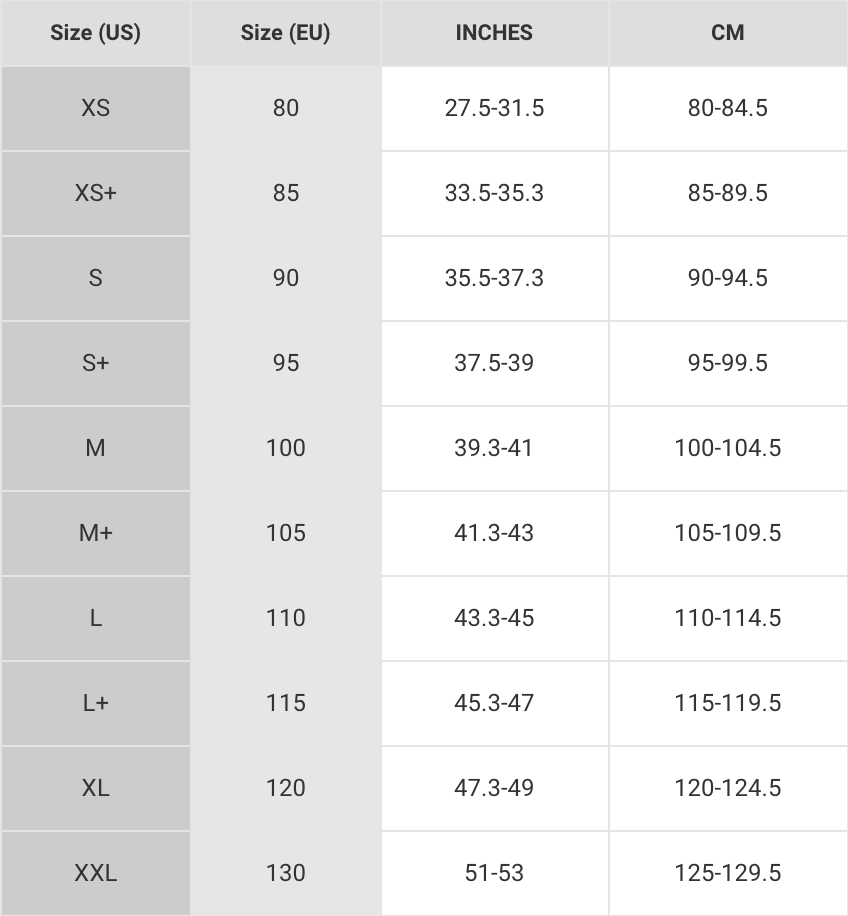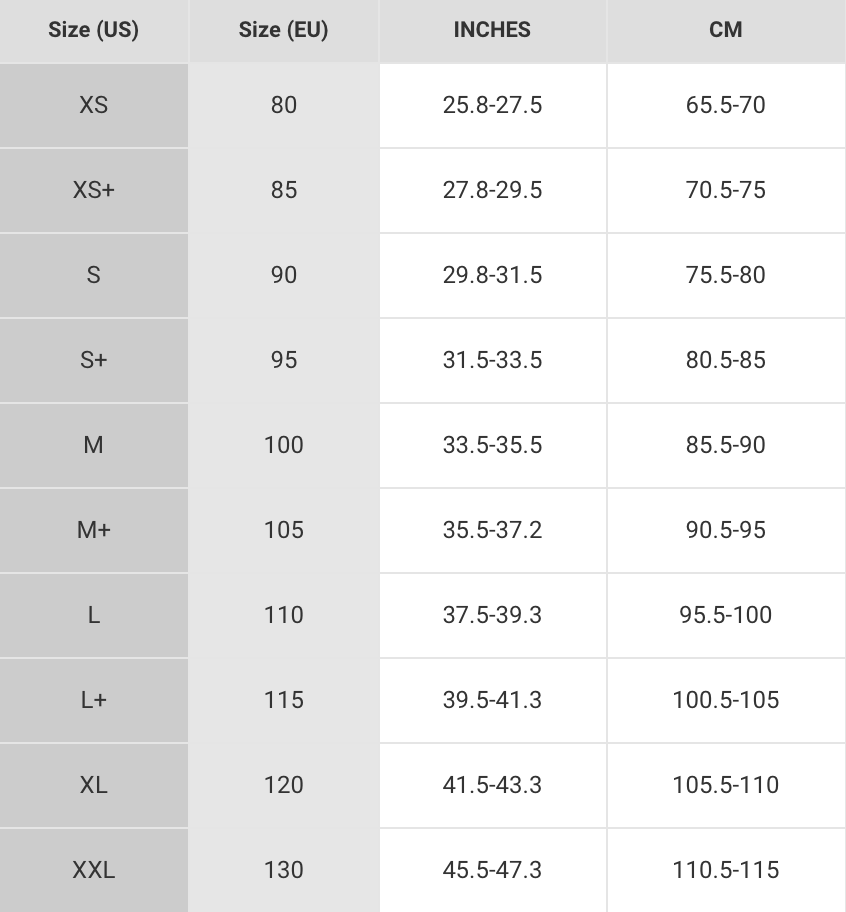Marathon Guide: Training Recovery, Hydration, & Food
Enerskin is proud to present its series on training for a marathon. This three-part guide will be a comprehensive look at the things to consider and prepare for leading up to and following a marathon. Part 1 covers getting started with a training plan. Part 2 details training recovery, hydration, and food. Part 3 provides race day tips and post-marathon recovery. We hope that by reading this guide, you’ll realize that marathon training isn’t rocket science - it just requires a solid plan and sticking to that plan!
How to Recover While Training
One of the most important things to do while training is to recover well. By giving yourself rest days in between runs, you allow your body to rest, avoid chances of injury, and prevent mental burnout.
Rest means rest! Don’t do any running on your rest days. If you have the urge to stay active, consider cross-training by doing yoga, swimming, or trying other active activities that aren’t as high-impact as running. There will also be days where you’re just not feeling the run. Missing an occasional run here and there won’t derail your training, and sometimes taking a break is worth more than a rolled ankle from a distracted or tired running session.

In the last two to three weeks leading up to the marathon, cut down on your overall mileage as well as the difficulty of your runs to allow your body to fully rest up before the big day. A lot of good recovery advice may sound counterintuitive but make a lot of sense. Listen to your body and take a more conservative approach. The biggest setback to completing a marathon isn’t speed or peak fitness - it’s injury, which often results from overtraining or pushing too hard.
Compression Gear During & After the Run
There have been many well-documented studies on the effectiveness of wearing compression gear, both for performance and for recovery.
A 2016 Sports Medicine stud concluded that compression sportswear improved perceived exertion for endurance runners. In many athletic activities, even the smallest mental improvement provides an edge. If you’re feeling fully dialed in because of compression gear, which also provides comfort and utility, your perceived exertion goes down and your overall performance goes up.
A 2013 review published in the British Journal of Sports Medicine concluded that people who wore compression sportswear after workout sessions had quicker muscle recovery and reduced soreness compared to people who didn’t wear compression. Compression sportswear worked to counteract inflamed muscles by constricting fluid buildup, decreasing swelling and pressure.
Enerskin’s E75 collection of compression sportswear takes it one step further by combining compression with kinesiology taping, a popular rehabilitative taping technique. The patented silicone support tape is mapped to the major muscle groups on the body, offering enhanced compression and optimal injury-preventing support. It’s also designed to be worn in reverse (silicone side out) after working out to help further speed up muscle recovery. We recommend giving compression a try to further your training and recovery!

What to Drink and Eat
Hydration is another huge aspect of running a good marathon. Pretty much every marathon will include hydration stations or places for water during the run. If you’re planning to carry your own water via hydration packs or belts, buy them in advance and wear them on your practice runs to get used to them. Don’t add anything new to your gear setup on race day.
During your training, you’ll be doing some long runs that can be good opportunities to practice hydrating. Since there won’t be any water stations set up then, there are several options you can take. You can carry your own water, plan out your run to pass water fountains, or do long runs on a short-course loop with water in one spot.
In terms of food, which acts as fuel for your body during runs, we recommend starting healthier eating as part of the training process. Whether that’s cutting down on junk food in the months leading up to the race, to being mindful of the carbs and protein you’re eating to help with recovery, better eating habits will go a long way towards a successful marathon. There are lots of resources out there that will give you an idea of how much carbs and protein to consume based on your body size.

During the marathon, energy management is important. Terms such as “hitting the wall” or “bonking” describe the loss of energy and strength around the 20-mile mark, due to depleted glycogen in your body. Glycogen is the main source of energy that prevents your muscles from feeling tired and lethargic. You can prepare for this and minimize the impact by replenishing glycogen by consuming small amounts of carbs during the run. Energy gels and chews are popular and easy to carry and consume. Small pieces of fruit or energy bars are also good options.
In our final post, we’ll be detailing some race day tips as well as post-race recovery.
Sources:
https://www.rei.com/learn/expert-advice/training-for-your-first-marathon.html
https://adequateman.deadspin.com/the-normal-persons-guide-to-training-for-a-marathon-1797020698
https://www.runnersworld.com/training/a19599563/marathon-training-basics/

you may also like

